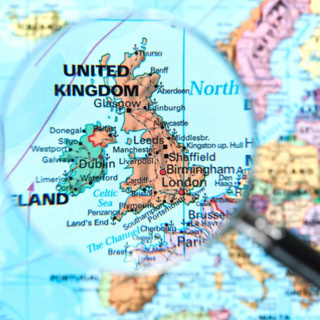Jaksokuvaus
The shift from Tories to Whigs in government in 1830 was dramatic enough, but nothing like as dramatic as the changes that had taken place in Britain as a nation. Both the impact of the Industrial Revolution, creating large new middle and working classes, and the continued decline in the power of the throne, meant that there was a growing and eventually irresistible demand for new groups of people to have a say in power, and that meant in Parliament. That didn’t, however, make Reform a smooth process. There had to be three attempts to get the Reform Act passed, accompanied by a lot of unrest, as well as another General Election which gave Earl Grey, and the Reform movement he led, a huge majority in the House of Commons. Even so, the King got in the way, and the House of Lords did what it could to block the Act or leave it toothless. But, in a further measure of their own increasing powerlessness, they ultimately couldn’t stop it. Britain at last took its first step in Parliamentary reform when the Great Reform Act was passed in 1832. Illustration: Painting by W J Müller of the burning of the Bishop's Palace in Bristol, October 1831, from https://www.brh.org.uk/site/articles/bristol-1831-the-queens-square-uprising/ Music: Bach Partita #2c by J Bu licensed under an Attribution-NonCommercial-No Derivatives (aka Music Sharing) 3.0 International License

